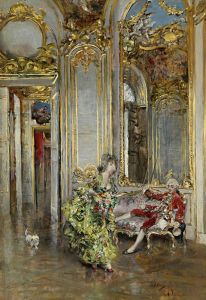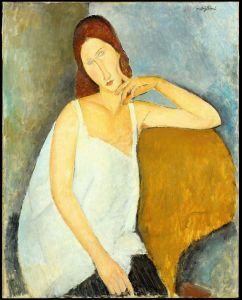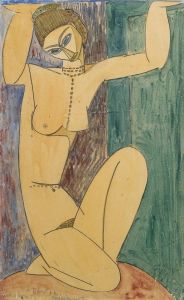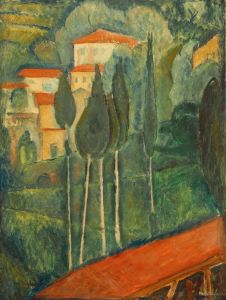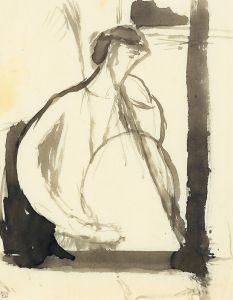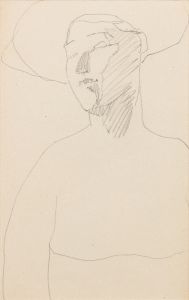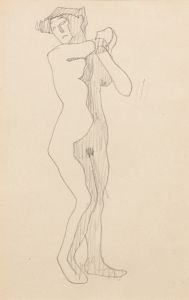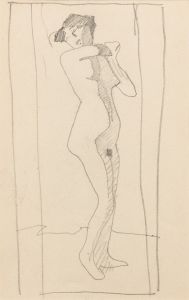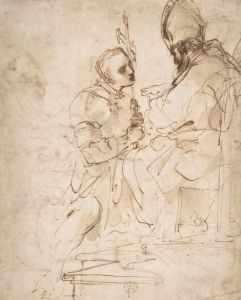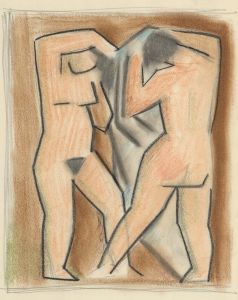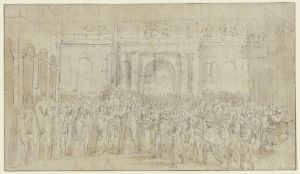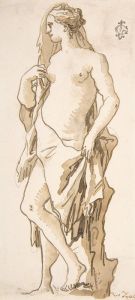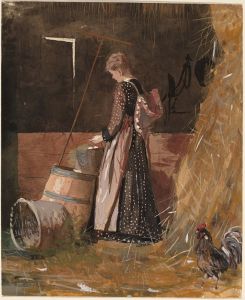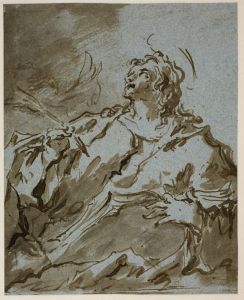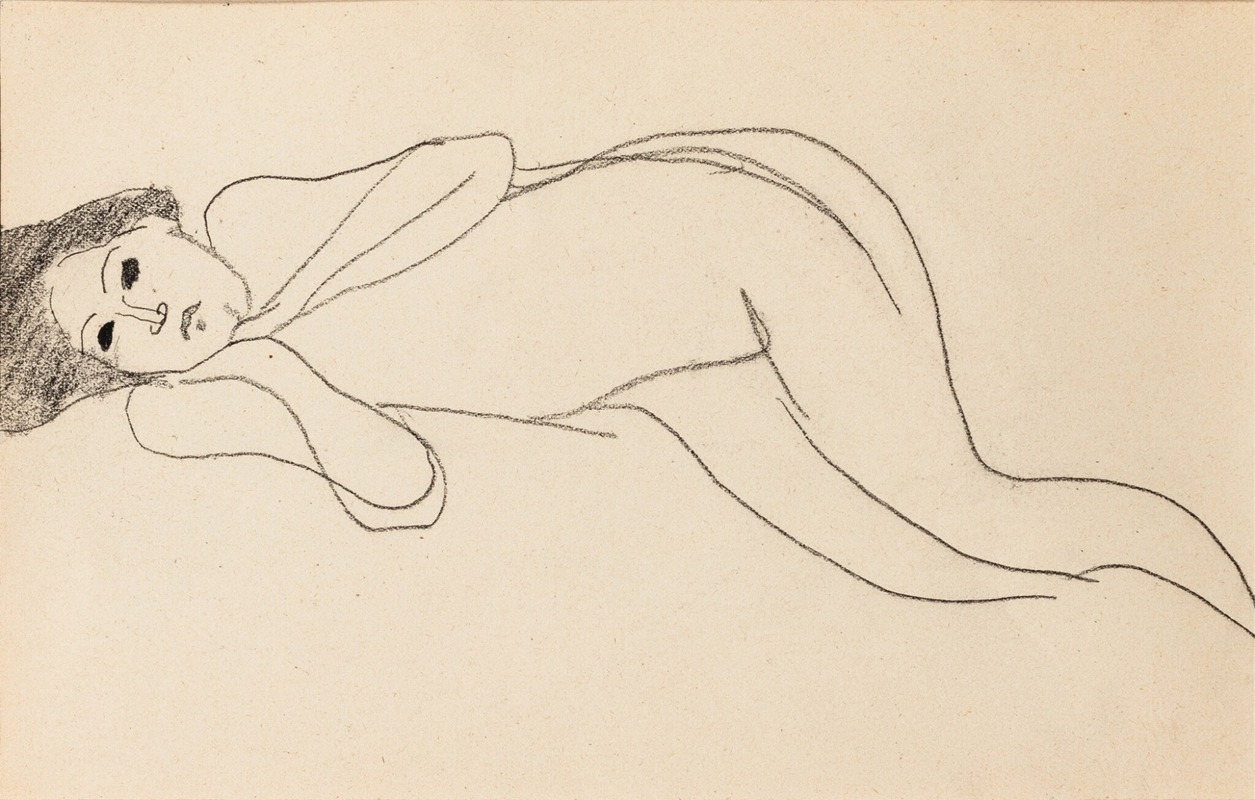
Femme nue
A hand-painted replica of Amedeo Modigliani’s masterpiece Femme nue, meticulously crafted by professional artists to capture the true essence of the original. Each piece is created with museum-quality canvas and rare mineral pigments, carefully painted by experienced artists with delicate brushstrokes and rich, layered colors to perfectly recreate the texture of the original artwork. Unlike machine-printed reproductions, this hand-painted version brings the painting to life, infused with the artist’s emotions and skill in every stroke. Whether for personal collection or home decoration, it instantly elevates the artistic atmosphere of any space.
Amedeo Modigliani, an Italian painter and sculptor, is renowned for his distinctive style characterized by elongated forms and faces, which is evident in his work "Femme nue." This painting is one of the many nudes he created during his prolific career, particularly in the years leading up to his untimely death in 1920. Modigliani's nudes are celebrated for their sensuality, elegance, and the unique way they capture the human form.
"Femme nue" is a testament to Modigliani's mastery of the nude genre, which he approached with a modernist sensibility. Unlike the classical nudes of the past, Modigliani's figures are often depicted with elongated necks, simplified forms, and a sense of introspective calm. This painting exemplifies these characteristics, showcasing a reclining female figure with a graceful, elongated body and a serene expression. The background is typically sparse, focusing the viewer's attention on the subject.
Modigliani's approach to the nude was revolutionary at the time. He was influenced by a variety of sources, including African art, which he encountered in Paris, and the works of artists like Paul Cézanne and Henri Toulouse-Lautrec. These influences are evident in the way he simplifies and abstracts the human form, moving away from the detailed realism that dominated earlier periods.
The nudes Modigliani painted, including "Femme nue," were often controversial due to their candid portrayal of the female form. During his first and only solo exhibition in 1917 at the Berthe Weill Gallery in Paris, the display of his nudes in the gallery's window led to a police intervention, citing indecency. Despite this, or perhaps because of it, Modigliani's nudes have become some of his most celebrated works.
"Femme nue" reflects Modigliani's interest in the human form and his ability to convey emotion and character through minimalistic yet expressive lines. The painting's color palette is typically warm, with earthy tones that enhance the sensuality of the figure. Modigliani's use of color and form creates a sense of intimacy and immediacy, inviting the viewer to engage with the subject on a personal level.
Modigliani's nudes, including "Femme nue," are significant not only for their aesthetic qualities but also for their impact on the art world. They challenged traditional representations of the nude and paved the way for future artists to explore the human form in new and innovative ways. Today, Modigliani's works are highly sought after and are featured in major museums and private collections worldwide.
"Femme nue" continues to be admired for its beauty and the way it encapsulates Modigliani's unique artistic vision. It stands as a testament to his ability to blend classical themes with modernist techniques, creating timeless works that resonate with audiences even a century after they were created.





